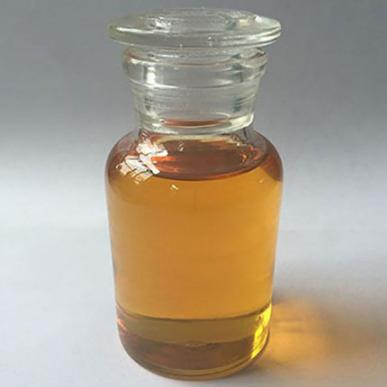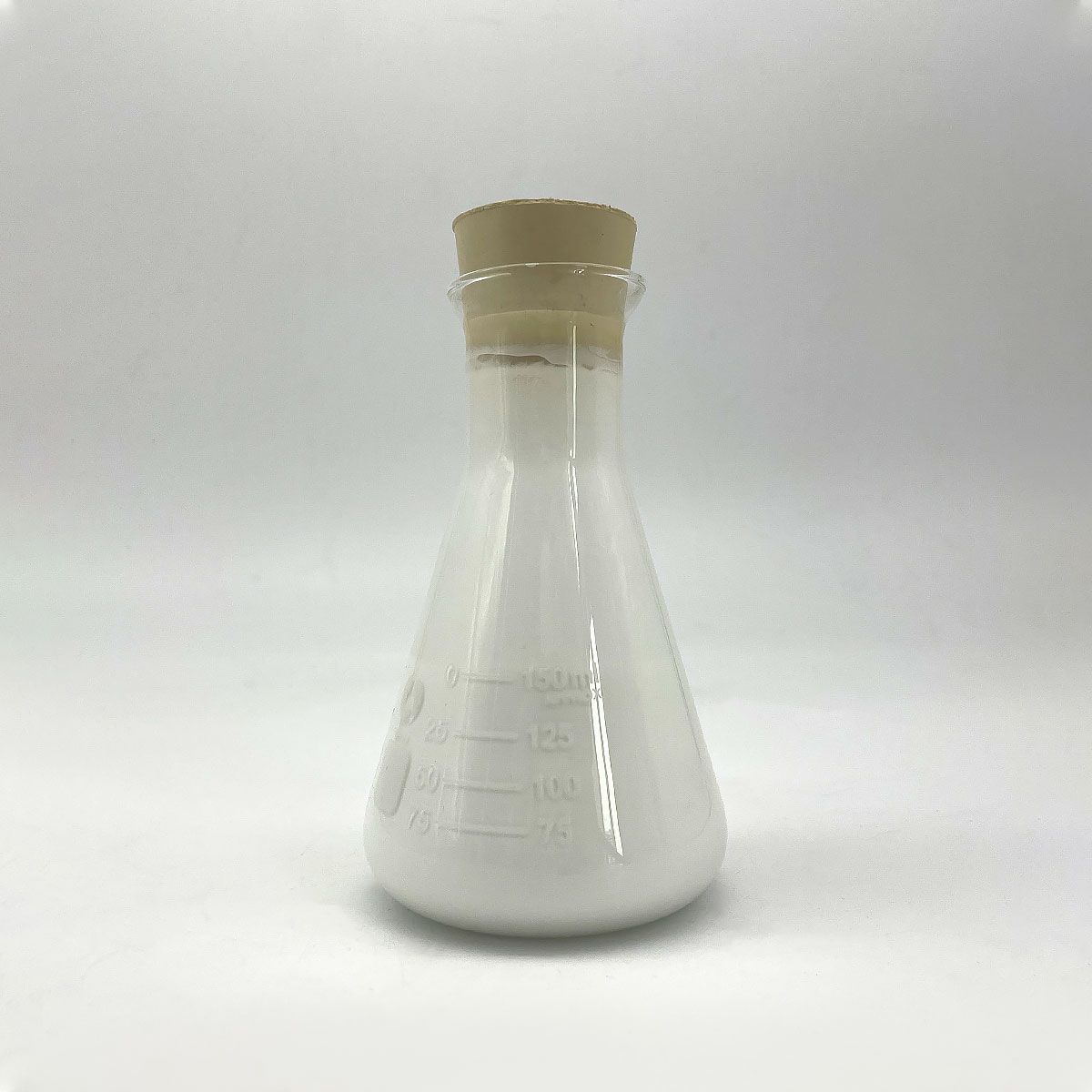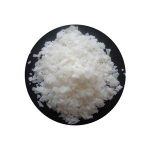1. Introduction
Just 24 hours ago, a major European cosmetics brand announced it would phase out sodium lauryl sulfate (SLS) from all its shampoos by 2025, citing consumer demand for gentler, plant-derived alternatives. This move reignites the ongoing debate about SLS’s safety, efficacy, and place in modern formulations—especially as newer surfactants like decyl glucoside and sodium cocoyl glutamate gain traction.

So, what exactly is sodium lauryl sulfate? And how does it compare to other surfactants like sodium laureth sulfate, coco betaine, or even lignin sulfonate used in herbicides? Let’s break it down.
2. Understanding Sodium Lauryl Sulfate
Sodium lauryl sulfate—also known as sodium dodecyl sulfate (SDS)—is a widely used anionic surfactant. Despite the many names you might see (sls sodium lauryl sulfate, na lauryl sulfate, natrium lauryl sulfate, or simply sls sulfate), they all refer to the same compound: C12H25SO4Na.
As a surfactant, its job is to reduce surface tension. The meaning of surfactant boils down to this: molecules with a hydrophilic (water-loving) head and a hydrophobic (oil-loving) tail that help mix oil and water. SLS excels at this, which is why it’s found in everything from toothpaste to industrial cleaners.
3. SLS vs. Other Common Surfactants
3.1 Sodium Lauryl Sulfate vs. Sodium Laureth Sulfate
Often confused, sodium lauryl sulfate (SLS) and sodium laureth sulfate (also called sodium lauryl ether sulfate or sodium lauryl ether sulphate) are not the same. SLES is ethoxylated—meaning it’s been treated with ethylene oxide—which makes it milder and less irritating than SLS.
While SLS is a strong degreaser, SLES (or laureth sulphate) produces richer foam and is preferred in shampoos and body washes. You’ll often see both listed as ‘sls sodium laureth sulfate’ on labels, but they’re chemically distinct.

3.2 Anionic vs. Amphoteric and Non-Ionic Surfactants
SLS is firmly in the anionic surfactants category, carrying a negative charge. In contrast, cocamidopropyl betaine (also called coco betaine, amidopropyl betaine, or coco amido propyl betaine) is amphoteric—it can act as either anionic or cationic depending on pH.
Cationic surfactants like cetyl trimethyl ammonium bromide (CTAB) or cetyltrimethylammonium bromide carry a positive charge and are used for conditioning, not cleansing. Non-ionic surfactants—such as polysorbate 80, Span80, Pluronic 127, or poloxamer 188—have no charge and are prized for stability and low irritation.
3.3 Bio-Based and Mild Alternatives
Consumer demand has driven innovation in gentler options. Alkyl polyglucoside, decyl glucoside, and coco glucoside are non-ionic bio surfactants derived from coconut and glucose. They’re biodegradable and non-irritating.
Other mild anionic options include sodium lauroyl sarcosinate (a sarcosinate derivative), sodium cocoyl isethionate, and sodium lauroyl methyl isethionate. These clean effectively without the stinging associated with SLS.
4. Industrial and Agricultural Uses
Beyond personal care, surfactants play critical roles in agriculture. For example, methylated seed oil and lignin sulfonate act as surfactant for herbicides or surfactant for weed killer, helping active ingredients stick to waxy plant leaves.

In lawn care, a wetting agent for grass—often a nonionic surfactant or ethoxylated alcohol—helps water penetrate hydrophobic soil. These are sometimes called lawn wetting agents and differ significantly from SLS in chemistry and purpose.
5. Safety, Misconceptions, and Market Trends
SLS is often blamed for skin irritation, but context matters. In rinse-off products at low concentrations, it’s generally safe. The real issue arises in leave-on products or high-pH formulations.
Contrary to viral claims, SLS is not the same as sodium dodecylbenzene sulfonate (a harsher industrial cleaner) or fluoro surfactants like those containing copper 1 bromide. Nor is it related to ammonium lauryl sulfate (ALS), though ALS shares similar properties.
Brands like Rohit Surfactants Private Limited now offer SLS alternatives derived from renewable feedstocks, reflecting a global shift toward sustainable chemistry.
6. Conclusion
Sodium lauryl sulfate remains a powerful, cost-effective anionic surfactant—but it’s no longer the only option. From amphoteric cocamidopropyl betaine to bio-based alkyl polyglucosides, formulators now have a spectrum of choices balancing performance, safety, and sustainability. Whether you’re choosing a shampoo or a weed killer, understanding the surfactant behind the label empowers smarter decisions.
Our Website founded on October 17, 2012, is a high-tech enterprise committed to the research and development, production, processing, sales and technical services of ceramic relative materials such as What. Our products includes but not limited to Boron Carbide Ceramic Products, Boron Nitride Ceramic Products, Silicon Carbide Ceramic Products, Silicon Nitride Ceramic Products, Zirconium Dioxide Ceramic Products, etc. If you are interested, please feel free to contact us.


